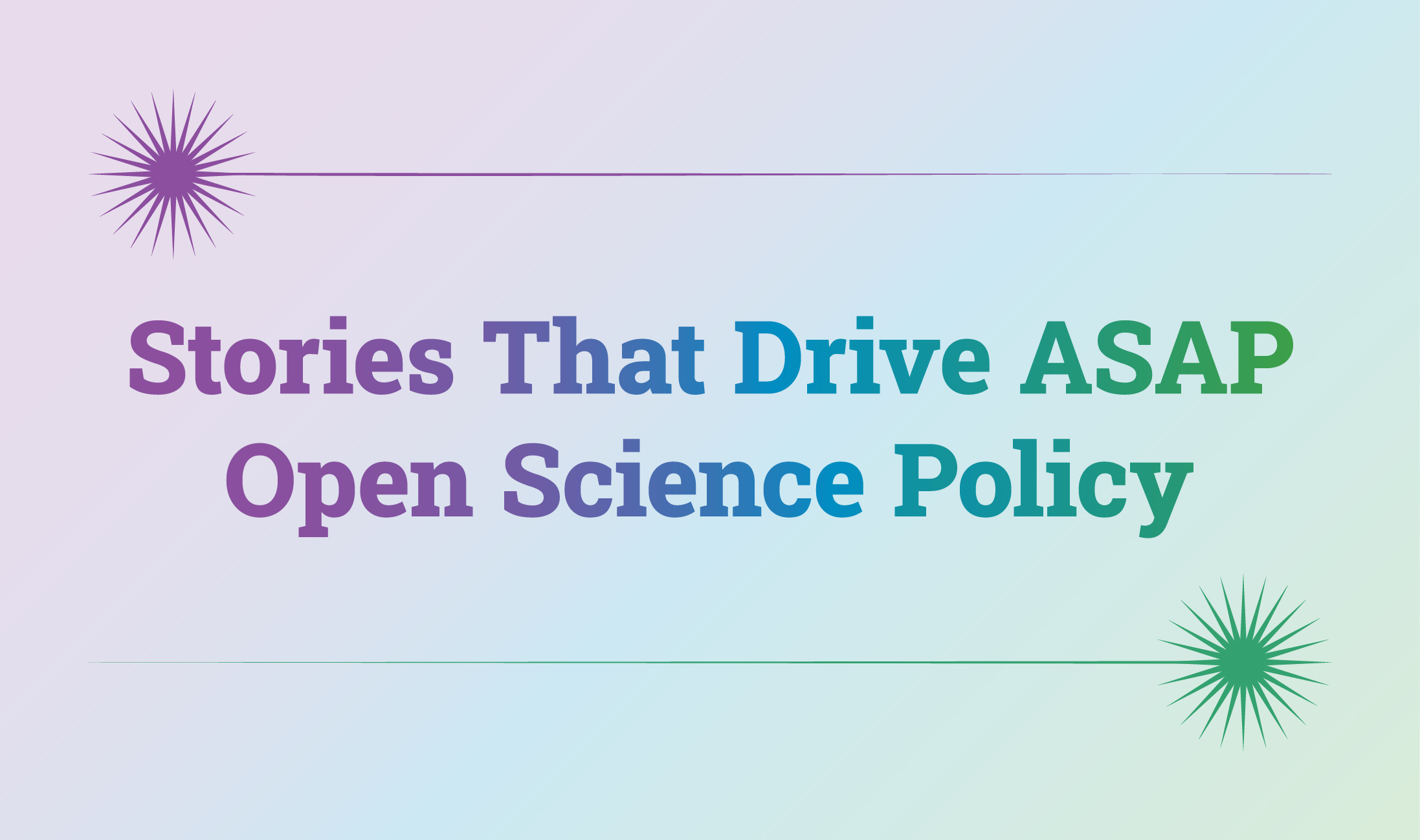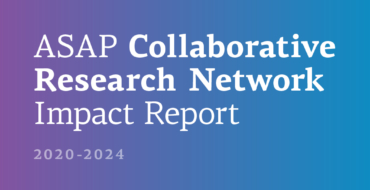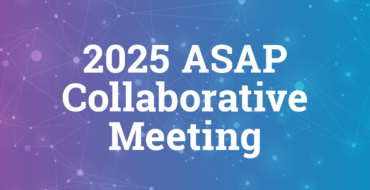Stories that drive ASAP Open Science Policy

Open Science is a movement that aims to make scientific research findable, accessible, and reusable, with the ultimate goal of accelerating the pace of scientific discovery by allowing others to learn and build upon the work of those who came before. The open science movement has gained momentum in recent years, transforming the research landscape, with many funders beginning to implement policies aligned with the ethos of open science, particularly with respect to the sharing of data and posting of preprints. Notably, in 2022, the U.S. White House Office of Science and Technology Policy (OSTP) released a memo with guidance that all federally-funded research articles be open access without embargo and that data from those articles be shared publicly at the time of publication. Beginning in 2025, the National Institutes of Health (NIH) will begin requiring grantees to follow these recommendations.
Open science is at the heart of our mission and work at Aligning Science Across Parkinson’s (ASAP). Our vision is to facilitate a research environment where meaningful collaboration, research-enabling resources, and data sharing provide the answers we need to understand, diagnose, and treat Parkinson’s disease.
There are five key components to ASAP’s Open Science Policy, abbreviated below:
- Share research outputs. Data, code, and protocols generated as part of an ASAP-funded study must be deposited in a discipline-specific, community-recognized repository by the time of publication. Key lab materials generated as a part of an ASAP-funded study must be registered by the time of publication.
- Identify research inputs. Data, software, protocols, and lab materials used in a study must be unambiguously identified in the publication.
- Ensure immediate open access. Preprints must be posted no later than the date a manuscript is submitted to a journal for review. Preprints and publications must be immediately publicly available online with no embargo period and a CC BY 4.0 or CC0 license.
- Acknowledge ASAP. Manuscripts and other research outputs that were partially or fully funded by ASAP must acknowledge ASAP.
- Share outputs with the ASAP network. All ASAP-funded research outputs must be shared on the ASAP grantee virtual platform no later than the time of publication.
The “Stories that Drive Open Science” blog series outlines our rationale for why we have gone above and beyond most funders, requiring not just open access articles, but also the sharing and identification of all research inputs and outputs that make up ASAP-funded publications. There are four upcoming blog posts in this series that map onto each research output/input in the ASAP Open Science Policy (data, code, protocols, and lab materials). Each blog post tells the story of why sharing these research outputs/inputs is critically important for the advancement of science and shares guides on the best practices for how researchers can improve the findability, accessibility, and reusability of these outputs. We hope that by the end of this blog series, you will understand the stories that drive ASAP’s Open Science Policy, and embrace them, either as a funder supporting research grants or as a grantee conducting research in the field.



